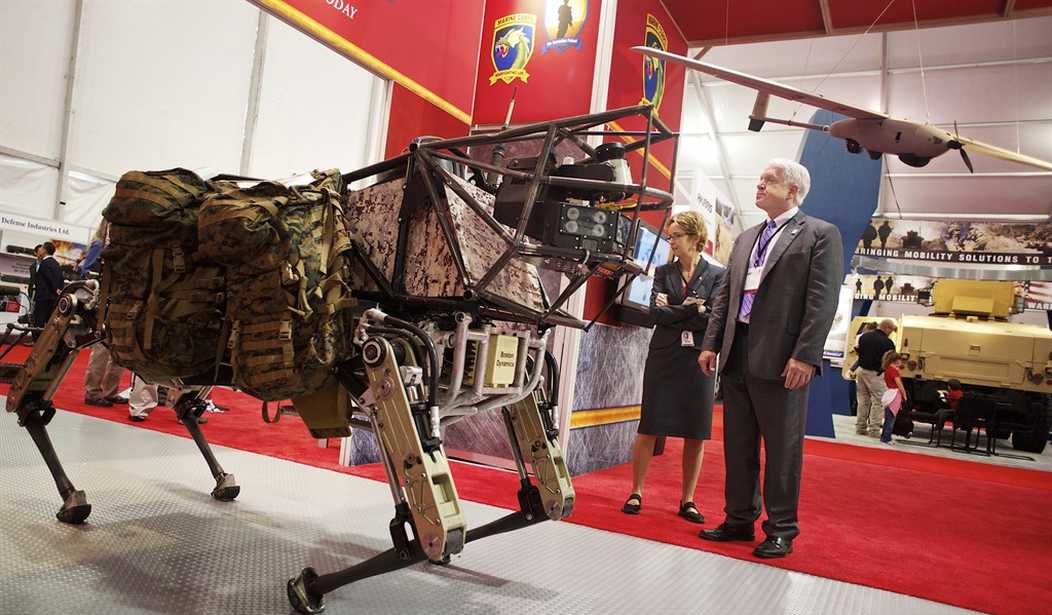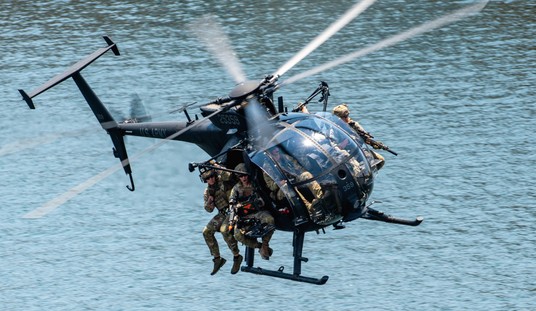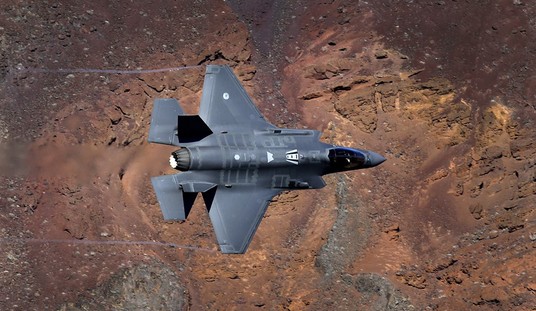China’s state publication People’s Daily released a YouTube video on January 14, 2022, announcing the development of a domestically-built “yak” robot that can carry up to a 160kg load for short distances. The machine is a copy of the innovation-pioneering Boston Dynamics “Big Dog” robot, shown in 2014 in the photo above, that also serves as a platform to test self-navigation technology over unpaved surfaces.
Unlike the US version, the Chinese copy is battery-powered. It’s an inefficient machine by any stretch of the imagination; but in a country like China that has real needs for short-haul robots, such concepts can potentially find practical uses beyond being military, last-mile, ammo carrier technology demonstrators, as they are in the US. Whether China can extract broader gain from this technology remains to be seen.
Beyond Experiments
These robots share sensor, navigation, and artificial intelligence technologies with their paved surface counterparts,:self-driving vehicles. Unlike their streetwise cousins, they aren’t saddled with the need to fit into existing transportation infrastructure, a process that places great strains on transitioning lane-keeping assistance features on cars to fully autonomous taxi drivers.
These machines live and work in open terrain. Most of the research work in this area has been done by the military. Depending on the degree of “ethical AI” built into these robots, one can create a docile and helpful robot, or a ruthless “terminator”. Coming originally from a defense analyst background, that’s interesting, potentially terrifying; but not all that exciting.
Megatrends
What does excite me about these off-road robots is a completely different use case. Agricultural robotics. It’s a need increasingly driven by labor problems; namely, people leaving farms for towns and cities. The problem is universal in countries like China and the United States. There are shortages of available workers in both countries. Solutions that pursue automation to maintain cost-effective production levels are a megatrend in the making.
And in that regard, my vote for the best agricultural robot announcement for January 2022 goes to the John Deere company. They announced a fully autonomous tractor at the recent Consumer Electronics Show in Las Vegas.
I’ve been an observer of industrial farm technology for a few years now, ever since I first watched a flock of harvesters working cornfields in the US Midwest and learned that they were controlled by carefully planned and automated programs that pre-mapped the fields. These machines required safety monitor operators to safeguard against something going wrong.
Unlike the diminutive Chinese “yak”, the Deere tractor is huge. More like a sci-fi “Transformer.” It’s an industrial scale, off-road machine. A self-driving overlander with a plow. But it’s a sensor and AI package
John Deere appears to now believe that in 2022, the time has come to begin to field machines with no human in the seat to physically monitor the robot. This allows a farmer to send one robot off to till a field while working a separate machine elsewhere on the farm, thus beginning to solve the labor shortage issue. That’s the theory anyway. The announcement video says the first tractors will be rented to farms to test and debug how practical this is later in the year. If it works, like other megatrend seeds, I expect it will proliferate worldwide.
Like all technological innovations, these developments raise new questions. Among them:
I’m curious how the economics of these complex pieces of equipment will work at scale. These machines are not cheap; keeping them productive means operating fleets of them that rotate on contract among many farms, so the operating and maintenance costs make sense.
I’m also curious how that will translate to smaller-scale farming in countries where plots and traditions are less industrial, but labor shortage issues also exist.
Finally, like all early-stage solutions, I’m pondering how adaptable this technology is. Will it open doors to developing new farming regions in case there is a need to shift where and how food production takes place to feed the planet?
Regardless, we’ll be seeing more of these sensors and smart-equipped robots over the next few years. And that’s a megatrend we should all be interested in following.













Join the conversation as a VIP Member